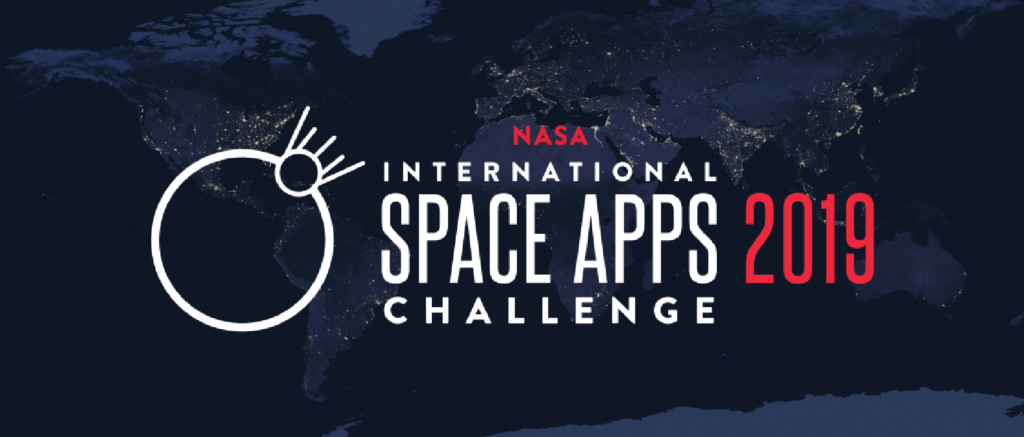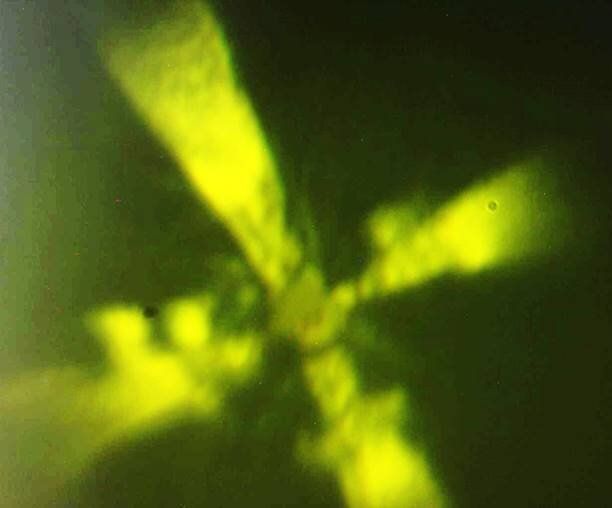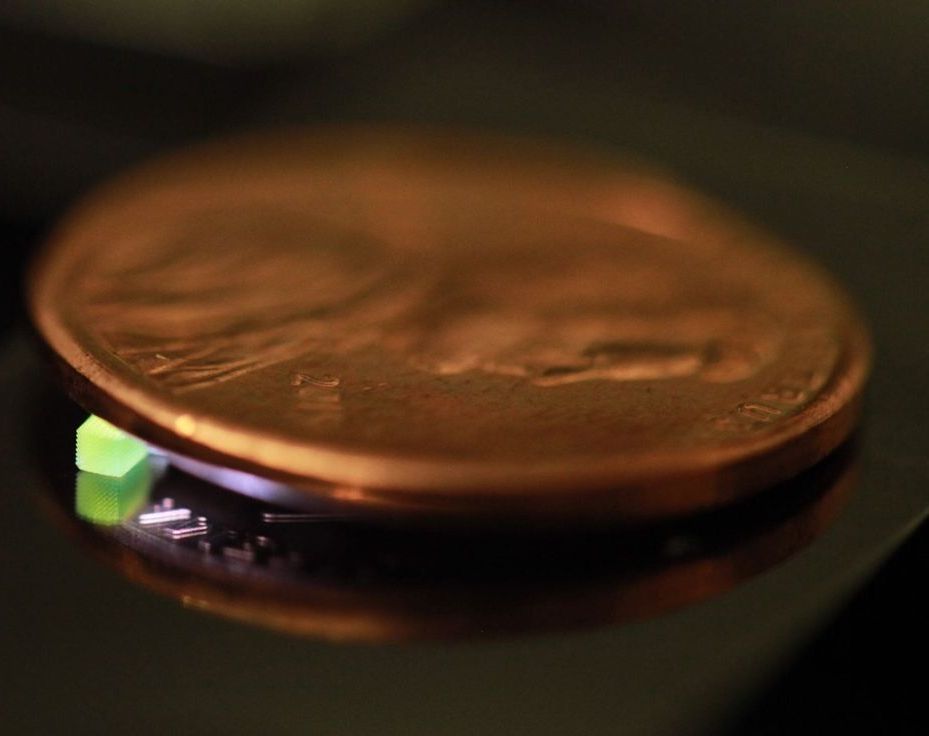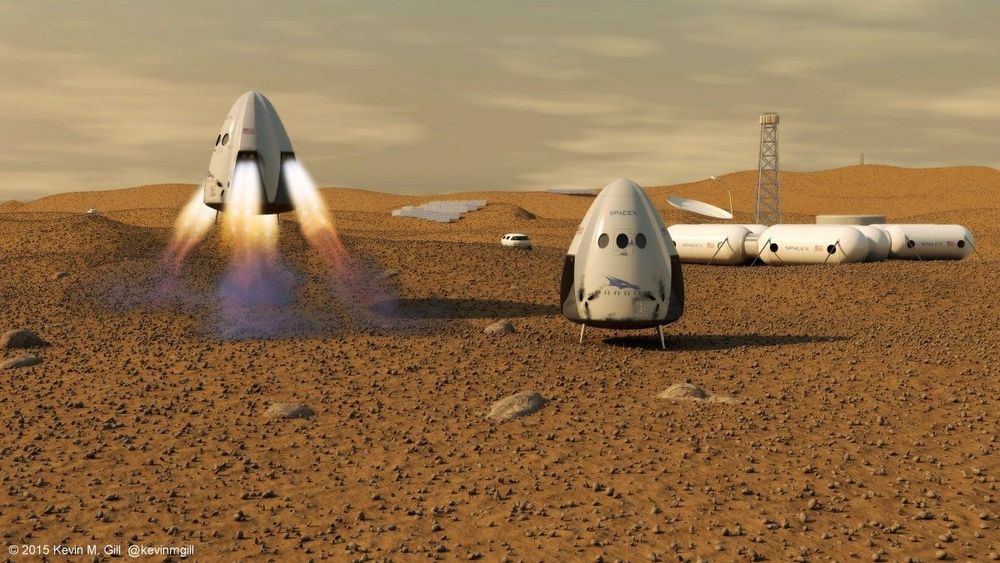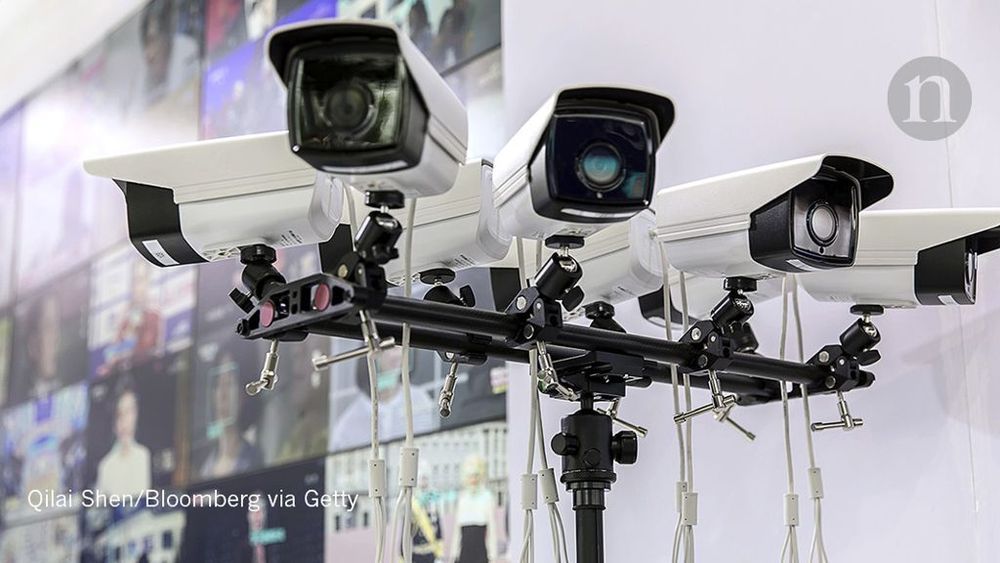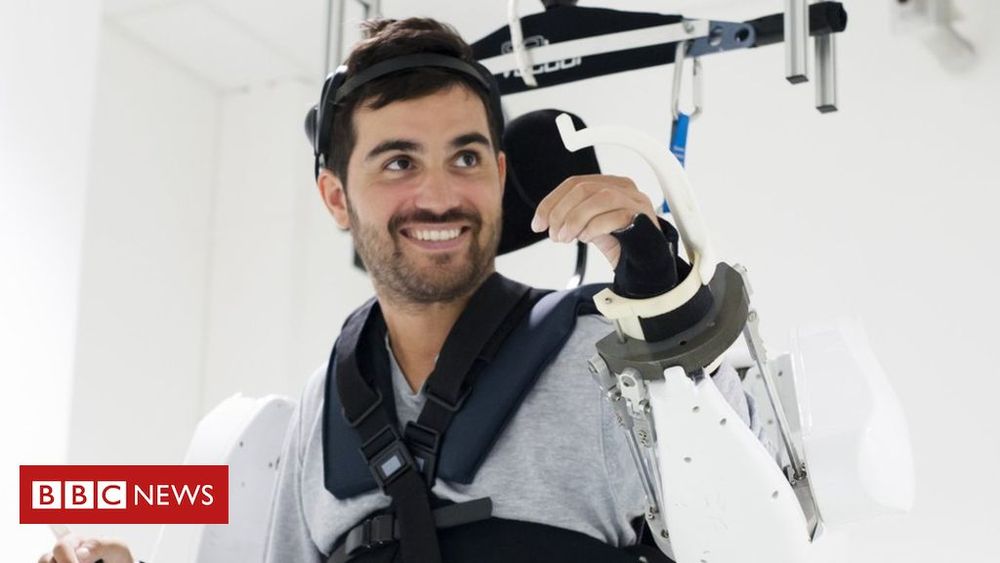MANILA, Philippines — Now in its 8th year, Space Apps is an international hackathon for coders, scientists, designers, storytellers, makers, builders, technologists, and others in cities around the world, where teams engage with NASA’s free and open data to address real-world problems on Earth and in space. Space Apps 2018 included over 18,000 participants at more than 200 events in 75 countries.
Since its inception in 2012, NASA’s International Space Apps Challenge has become the world’s largest global hackathon, engaging thousands of citizens across the globe to use NASA’s open data to build innovative solutions to challenges we face on Earth and in space.
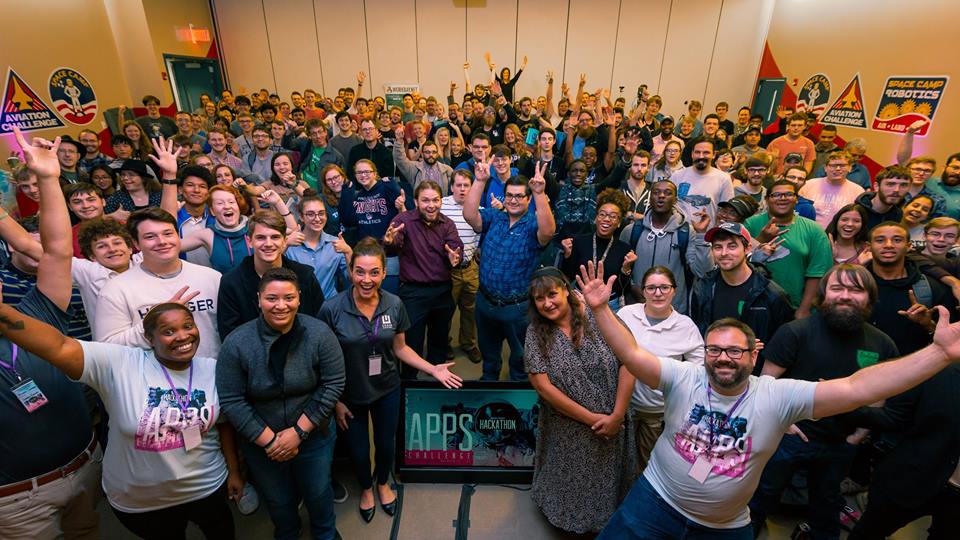
The NASA International Space Apps Challenge (or Space Apps) is an international hackathon that will take place over a 48-hour period in cities around the globe between October 18 and 20, 2019. The event embraces collaborative problem solving with a goal of producing open-source solutions to challenges we currently face on Earth and in space.
